Today: The beginner's guide to mushroom hunting -- because every fungi forager has to start somewhere.
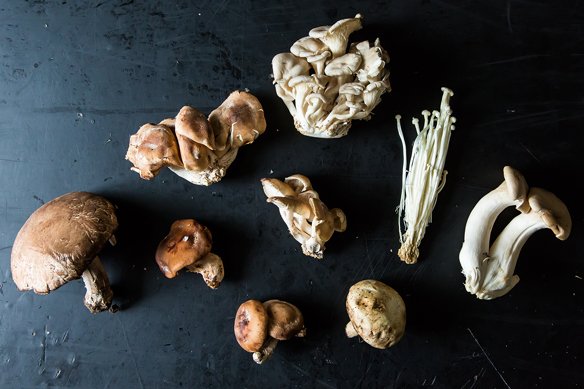
I love cool, rainy days when the mist settles over the fields and creek. These are the days when the mushrooms come out of hiding -- it always amazes me how they seem to pop up out of nowhere. In reality, rich forest soil can hold about 8 miles of fungi underground in one square inch. Fungi are extremely critical for soil health and the interdependency of plant and animal life.
More: Can't get enough 'shrooms? Here's more dirt on your favorite fungi.
The mushrooms that we see above ground are the fruit of the fungi webs -- of which there are about 1.5 million different species -- that lie underground. Mushrooms are spore-holders for reproduction; they spread spores to a new area by wind, animals, and water.
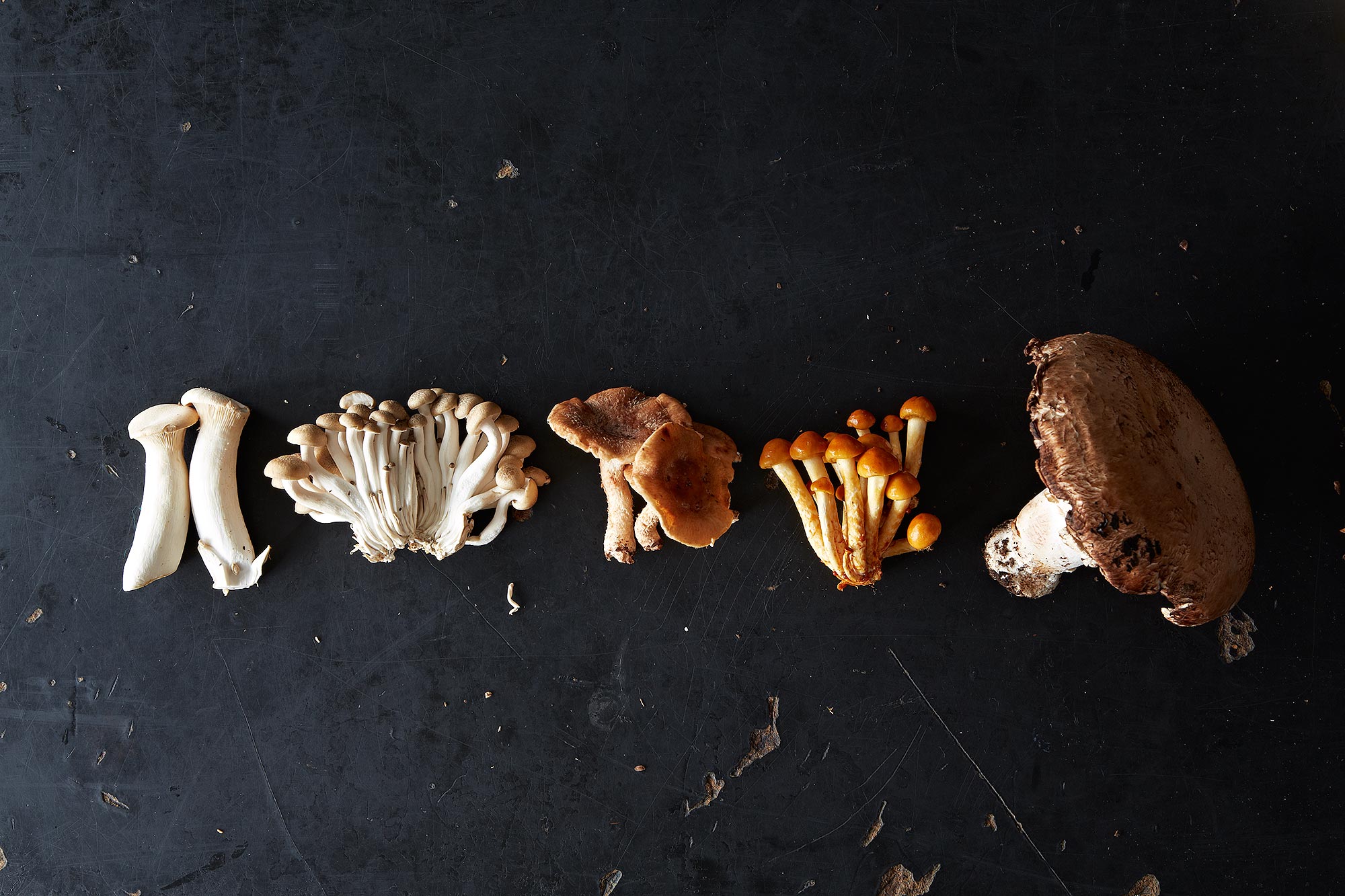
When a favorite mushroom appears in my neighborhood, everyone rushes to check their secret patch. This is serious business: Our youngest daughter is the only one who knows the location of my husband's special foraging spot in our woods.
More: Eugenia Bone, mushroom enthusiast, talks mycophylia, myths, and foraging.
But the way I learned about mushrooms was by going on local New Jersey Mycological Association walks in the fall. There are many excellent mycological clubs throughout the United States; the easiest way to learn is among other enthusiasts and with the guidance of an expert mycologist. This is time well-spent since the majority of mushrooms are inedible and some common ones are so poisonous that they can kill you.
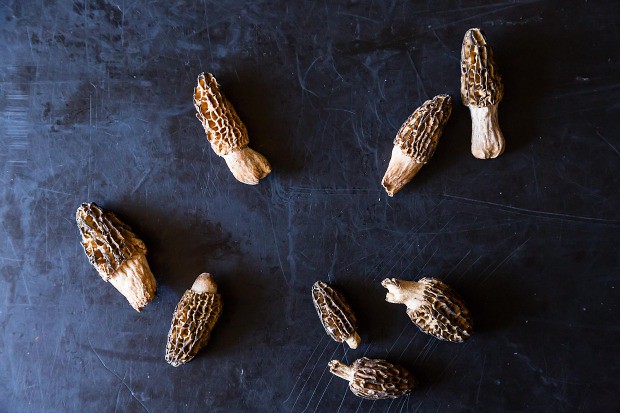
The most notorious poisonous mushroom is the deathcap (Amanita phalloides). It looks beguilingly like an Alice in Wonderland toadstool, with a little parasol cap on top of a stem and gills. There is no antidote for consuming this mushroom, and within a few days you will die of liver failure. My mycologist advises that the safest way to start foraging mushrooms is to avoid the ones that look like, well, mushrooms! Poisonous young amanitas can look like small puffball mushrooms before their gills grow. Other poisonous mushrooms include the false morel (the inside is not hollow) and the little brown mushroom.
More: Did you know that morels aren't technically mushrooms? Let us explain.
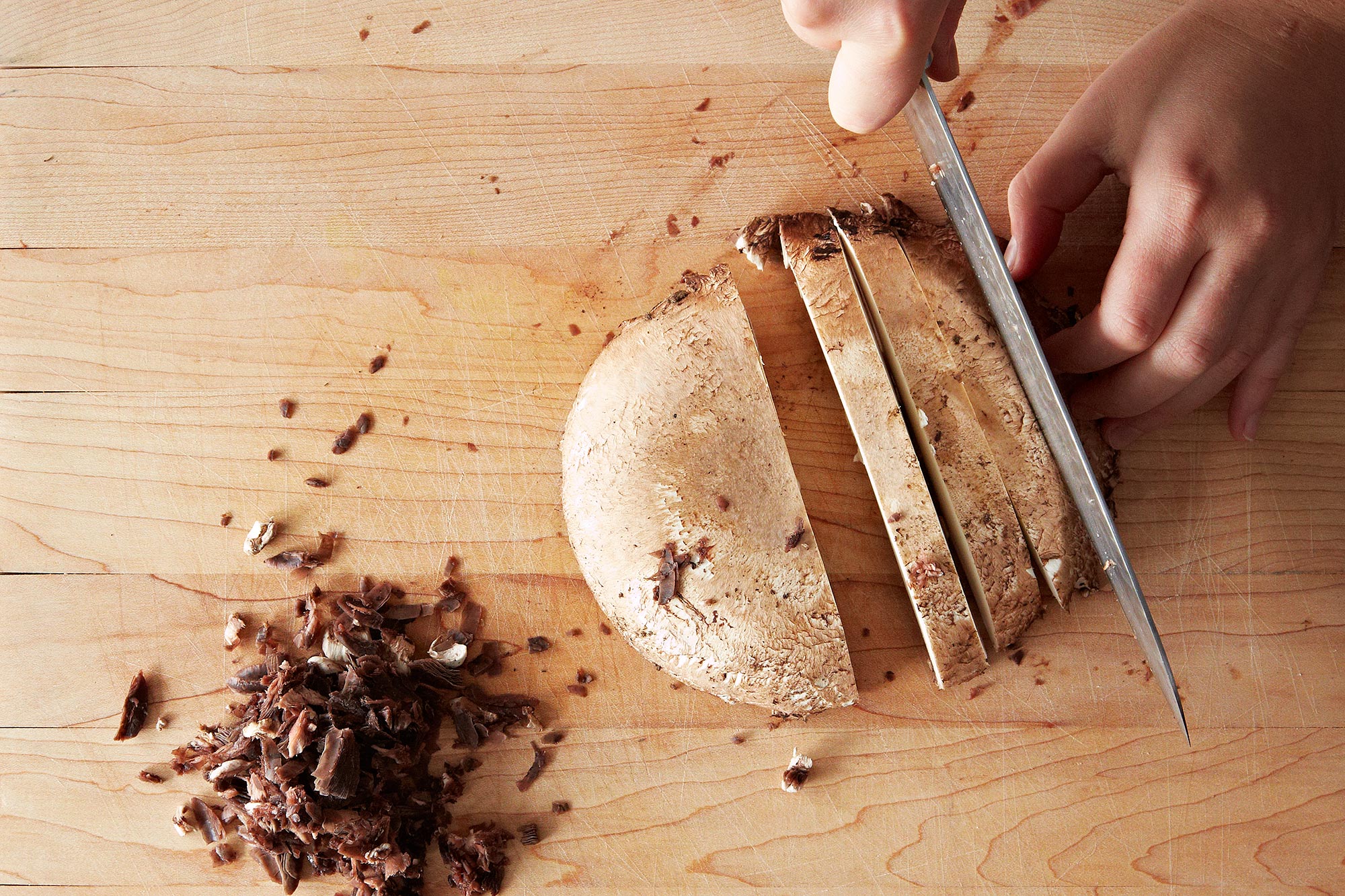
The fun of foraging in the woods is reason enough to seek out wild mushrooms, but they also taste much more fresh and dewy than those you can find in plastic containers in the grocery store. When looking for mushrooms, bring a basket or a paper bag and a knife. Make sure that the specimens you find are fleshy, not dried out or decaying. Cut the mushrooms with a knife, leaving 2 inches of the mushroom intact in the place where it's growing. They store for up to a week in the refrigerator in a closed paper bag.
More: Now that you have mushrooms, learn how to prep them.
Be sure to cook your foraged mushrooms, as they can make you sick if you eat them raw. Prepare them simply: Clean the mushrooms, then cut and sauté them in a little butter and oil. A few common fall mushrooms that are a good start for foraging are:
Hen of the WoodsHen of the Woods grow at the base of oak trees. These mushrooms are beloved by the Japanese as maitake; they also happen to be my personal favorite. They grow in large, dull brown clumps (as a polypore or bracket fungus) that look like the back of a brown hen’s ruffled feathers. The mushroom caps are attached to each other by short white stems.
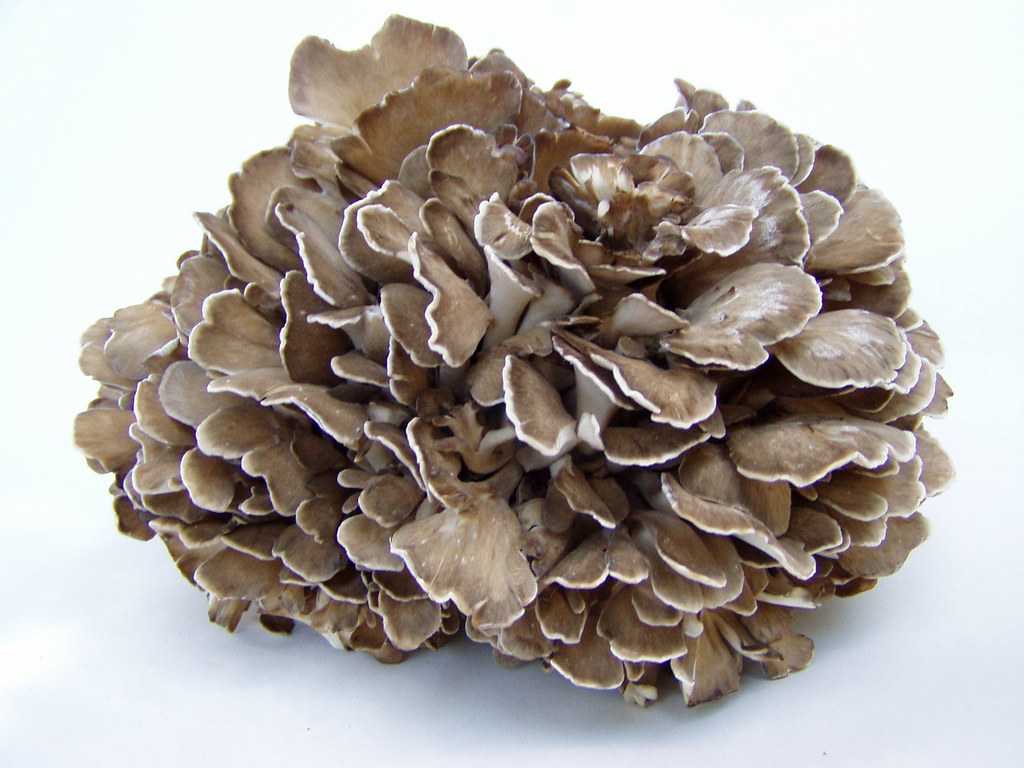
These mushrooms can grow to be several pounds and more than 2 feet wide. On the east coast they appear in September and October.
Oyster MushroomsI love oyster mushrooms because, as long as it's raining consistently, you can find them everywhere for months; they grow out of trees, fallen logs, and stumps. Wild oyster mushrooms are the same as those grown comercially and sold in grocery stores. But the subtle aroma of the sea that emerges from a freshly cut oyster mushroom is worlds away from any store-bought product.
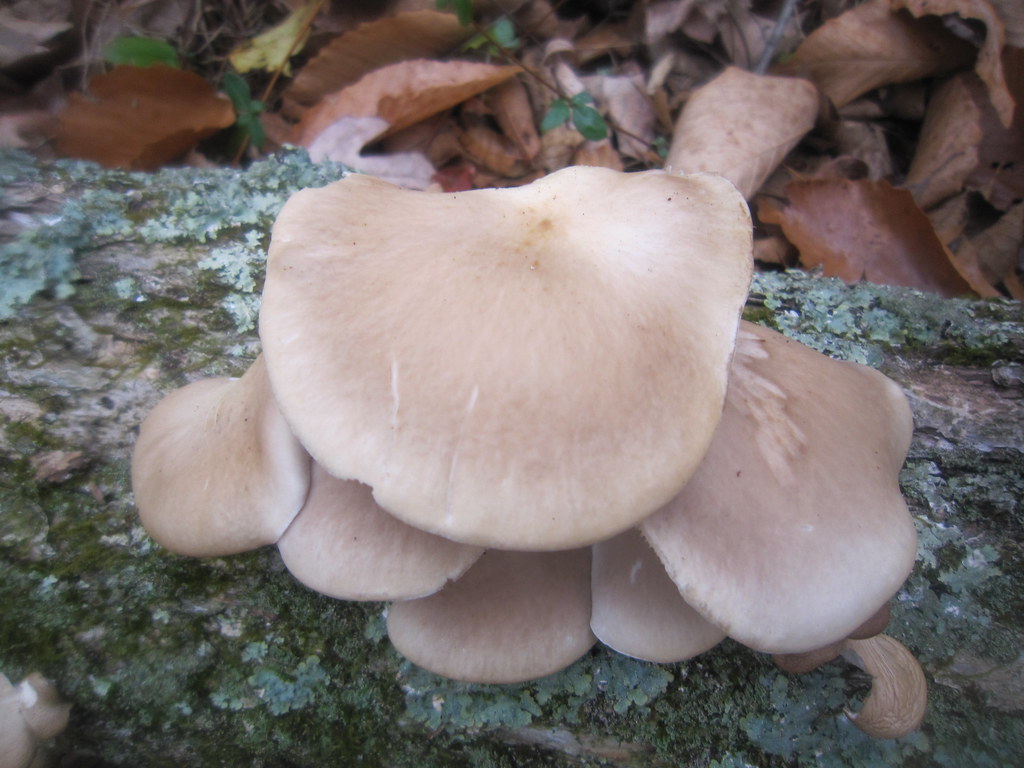
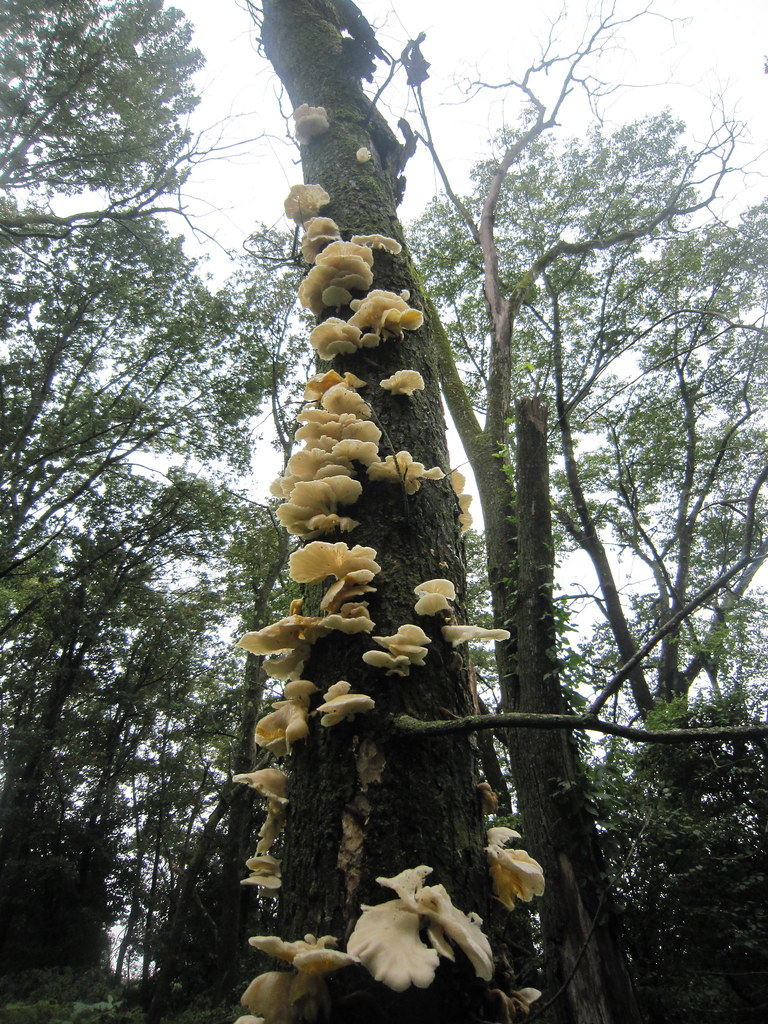
The oyster mushroom is pale brown to white and often grows in clumps. Its gills are under the cap and reach all the way to the base where it meets the tree -- without a stem!
Chicken of the WoodsThis is a "shelf mushroom", growing in pale to vivid orange “shelves” on both upright and fallen trees. Be sure to leave some mushroom behind and cut several inches out from the tree when harvesting.
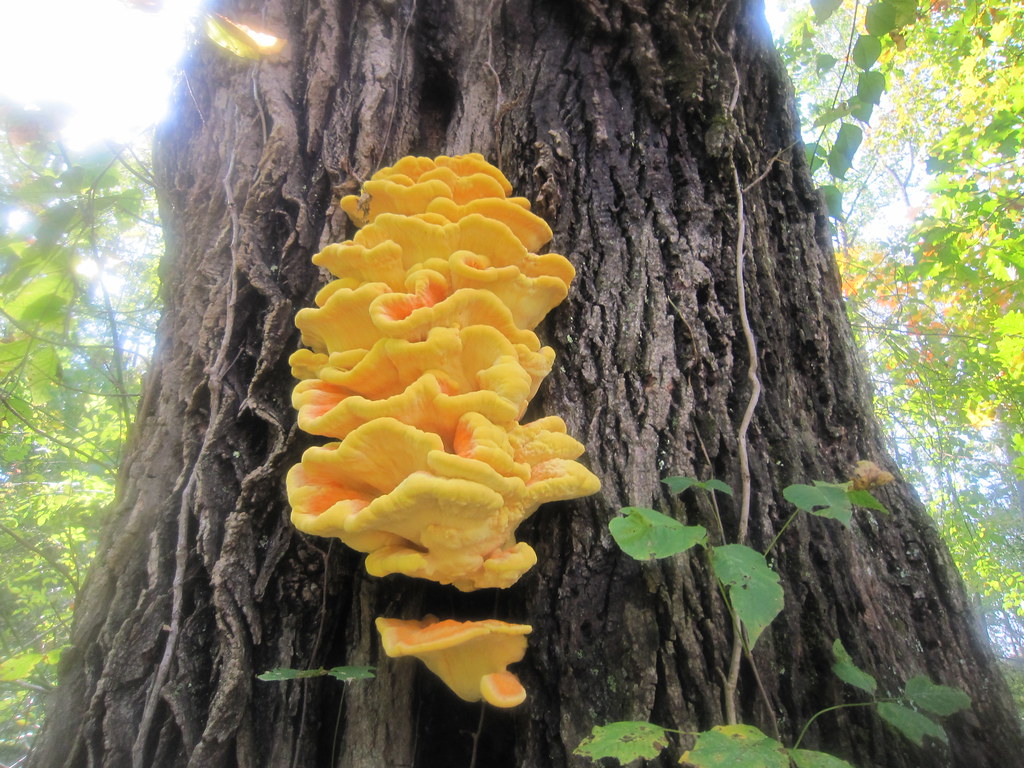
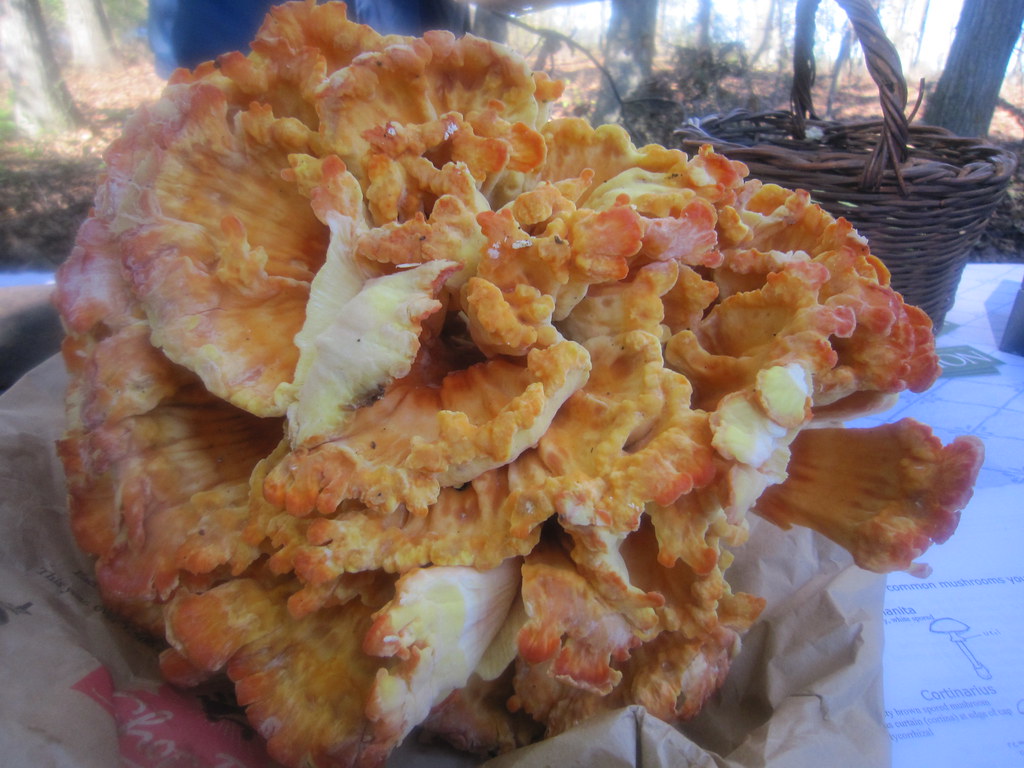
Wood-Ear MushroomsAt the mycology club tour, no one else was interested in these rubbery-looking mushrooms known as a "jelly fungus" -- brown rubbery flaps growing out of the sides of trees and branches, just like ears.
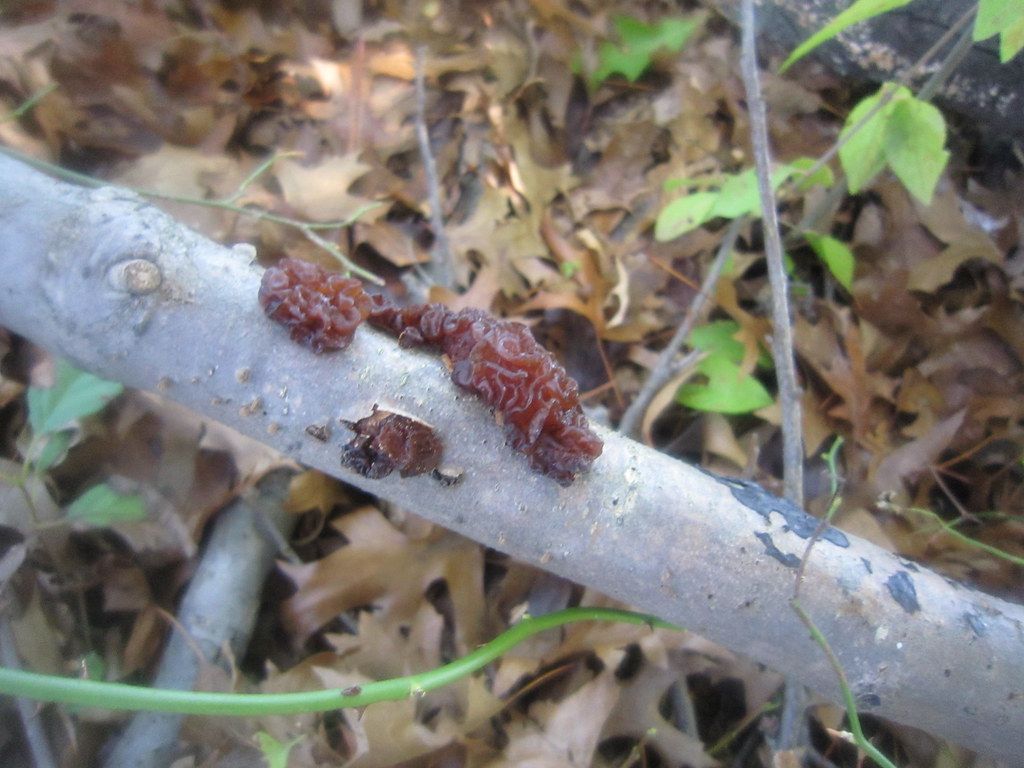
I knew my Chinese in-laws would be excited for me to bring some home, as they are treasured by the Chinese for their medicinal and anti-viral benefits. They are usually dried, but they can go sliced into stir fries or braises. They do not have a taste of their own -- rather, they soak up the flavors you cook them with. You may recognize these mushrooms, as they are often sliced in Chinese hot and sour soup.
This is only a brief introduction; there are many more delicious mushrooms and much more information than I can cover here. If you want to forage for mushrooms, I would suggest that the following resources:
- Contact your local Mycological Society. This is a great way to learn from the experts about what is local to your area and about how to put "Do's and Dont's" into practice.
- The Complete Mushroom Hunter by Gary Lincoff is a great illustrated guide with very clear information.
- Mushrooms Demystified by David Arora is an encyclopedia of extensive information -- a mere 1,056 pages!





0 comments:
Post a Comment